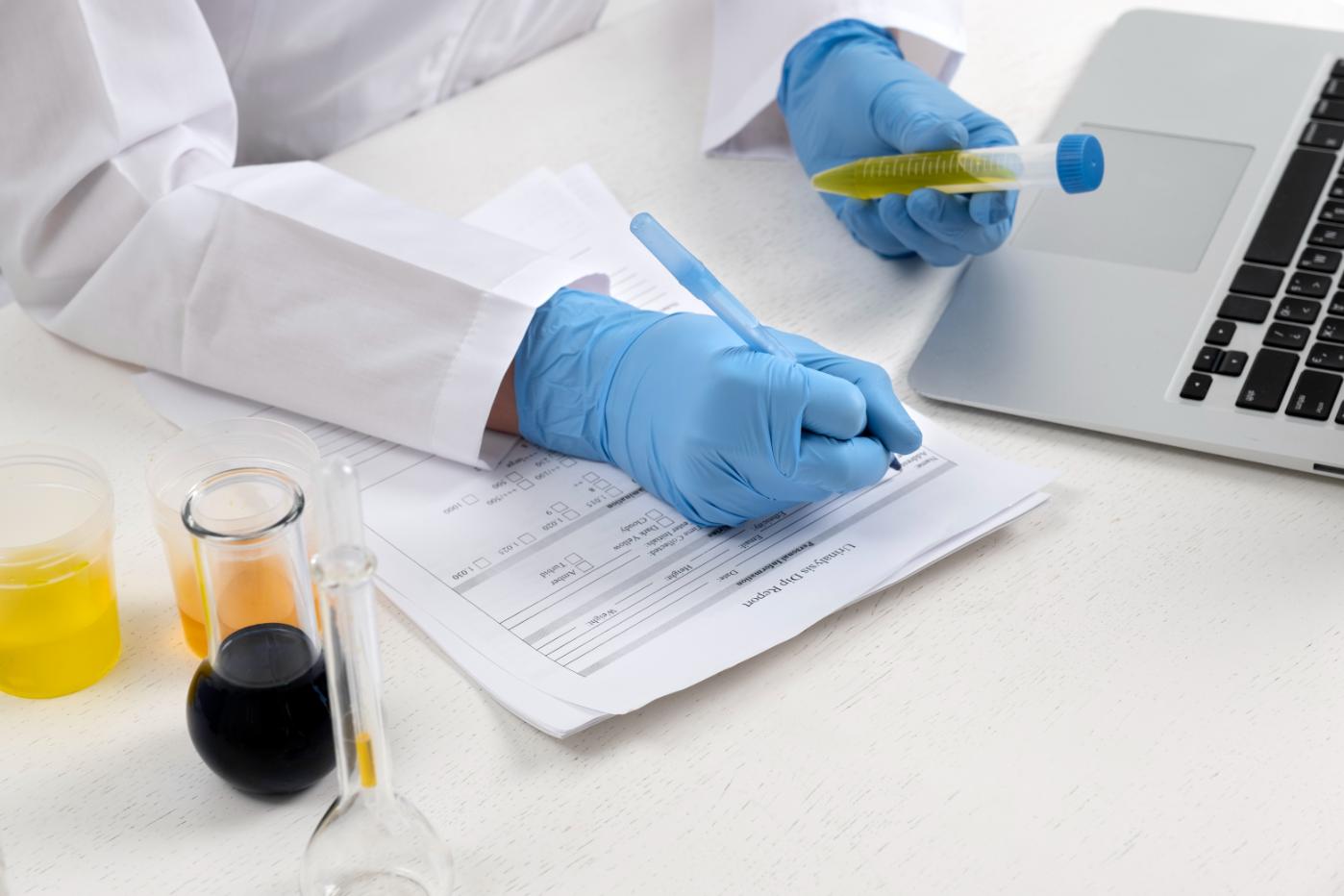Subtotal $0.00
What is a Drug and Alcohol Test?
Drug and alcohol test are diagnostic tools used to determine the presence of drugs or alcohol in a person’s system. These tests are widely used in various settings, including workplaces, legal proceedings, schools, and sports, to ensure safety and compliance with regulations and to address substance abuse issues. Understanding the purpose and procedures of these tests is crucial in today’s society, where the implications of substance use can have far-reaching consequences.
The History of Drug and Alcohol Testing
The concept of drug testing dates back to ancient times when societies sought ways to identify substance use and its effects on individuals. Over the centuries, the methods have evolved significantly, with modern technology enabling more accurate and efficient testing. The introduction of alcohol testing came later, driven by the need to address issues like drunk driving and workplace safety.
Types of Drug Tests
Various methods are used to test for drugs, each with its advantages and limitations:
- Urine Tests: The most common type, urine tests are used to detect a wide range of substances.
- Blood Tests: These provide a more precise measurement of drug levels in the bloodstream.
- Hair Follicle Tests: Capable of detecting drug use over a longer period, often up to 90 days.
- Saliva Tests: Less invasive and capable of detecting more recent drug use.
- Sweat Patch Testing: Used for continuous monitoring over some time, often in legal situations.
Types of Alcohol Tests
Alcohol testing is primarily focused on measuring blood alcohol concentration (BAC) and can be done through:
- Breathalyzer Tests: A quick and non-invasive method commonly used by law enforcement.
- Blood Alcohol Tests: Provides a precise measurement of BAC.
- Urine Alcohol Tests: Less common, but used in specific situations.
- Saliva Alcohol Tests: A less invasive method, similar to saliva drug tests.
How Drug Tests Work
Drug tests work by detecting specific metabolites—byproducts of drug metabolism—in the body. The detection window varies depending on the substance, the amount used, and the individual’s metabolism. Understanding the sensitivity and specificity of these tests is key to interpreting the results accurately.
How Alcohol Tests Work
Alcohol tests measure the concentration of ethanol in the bloodstream. Breathalyzer tests estimate BAC by analyzing the alcohol content in the breath, while blood tests provide a direct measurement. Factors such as weight, gender, and food intake can affect BAC results.
Common Substances Tested
Drug tests can detect a variety of substances, including:
- Illegal Drugs: Such as cocaine, marijuana, and heroin.
- Prescription Drugs: Including opioids and benzodiazepines.
- Alcohol: Usually tested separately from other drugs due to its legal status and specific regulations.
Drug Testing in the Workplace
Workplaces often implement drug testing to maintain a safe and productive environment. Common scenarios include:
- Pre-Employment Testing: To screen potential employees.
- Random Drug Testing: To deter ongoing drug use.
- Post-Incident Testing: Following accidents or suspicious behaviour.
Drug and Alcohol Testing in Legal Settings
In legal contexts, drug and alcohol tests are used to enforce laws and monitor individuals under supervision. It includes:
-
- Court-Ordered Testing: Often required in cases of substance-related offences.
- Parole and Probation Testing: To ensure compliance with legal conditions.
- DUI and DWI Cases: Testing is crucial in determining legal consequences.
Drug and Alcohol Testing in Schools
Many schools have implemented drug and alcohol testing to prevent substance abuse among students. These policies are often controversial, raising ethical questions about privacy and the role of schools in students’ personal lives.
Testing in Sports
Drug and alcohol testing in sports is critical for maintaining fairness and integrity. Anti-doping measures are in place to catch athletes who use performance-enhancing drugs, with high-profile cases bringing significant attention to the issue.
Accuracy and Reliability of Tests
While drug and alcohol tests are generally reliable, they are not infallible. False positives and negatives can occur, and confirmatory testing is often required to verify results. Advances in testing technology continue to improve accuracy.
Legal and Ethical Considerations
Drug and alcohol testing raises important legal and ethical issues, particularly regarding privacy and consent. Individuals have rights that must be respected, and any testing must be conducted in accordance with the law.
Preparing for a Drug or Alcohol Test
Knowing what to expect and how to prepare for a drug or alcohol test can help ease anxiety and ensure accurate results. Understanding your rights and the testing process is essential.
The Impact of Drug and Alcohol Testing
Drug and alcohol testing has a profound impact on society, influencing public health, workplace safety, and legal practices. As technology and laws evolve, the role of testing in our lives is likely to grow.
Conclusion
Drug and alcohol testing is crucial in maintaining safety, health, and legal compliance across various sectors. There are several types of drug and alcohol test , each designed to detect specific substances through different methods, such as urine, blood, hair, and saliva. As these tests continue to evolve, they will remain a vital tool in addressing substance use and its implications in society. Understanding these types helps ensure effective and appropriate application in various settings, from workplaces to legal proceedings.
FAQ's
Yes, certain OTC medications can trigger false positives, but confirmatory testing can clarify the results.
It varies by substance and test type; for example, marijuana can be detected for up to 30 days in urine.
At-home tests can be reliable but are generally less accurate than laboratory tests.
Refusing a test can have legal or employment consequences, depending on the context.
Yes, individuals can request a retest or a review of the testing procedure.
Costs vary, with at-home tests being less expensive than lab tests, which can range from $30 to $150.



